The Classical period in music, spanning roughly from 1750 to 1820, represents one of the most disciplined yet expressive eras in Western art music. At its core lies a delicate balance between structural clarity and emotional nuance—a balance achieved through meticulous attention to compositional techniques, particularly in the realm of dynamic contrast. The handling of dynamics, or gradations of volume, became a defining feature of the style, offering composers like Haydn, Mozart, and Beethoven a sophisticated language to shape phrasing, highlight formal divisions, and evoke subtle emotional shifts.
Unlike the Baroque era’s terraced dynamics or the Romantic period’s sweeping emotional surges, Classical dynamics operated within a carefully calibrated spectrum. The piano (soft) and forte (loud) markings were no longer mere extremes but points on a continuum, with composers increasingly specifying crescendos, diminuendos, and intermediate levels like mezzo-piano or mezzo-forte. This nuanced approach allowed for a more conversational quality in the music—a call-and-response between sections, or even within single melodic lines. The result was a sense of controlled drama, where dynamic shifts mirrored the rhetorical gestures of speech.
Instrumentation played a pivotal role in realizing these dynamic subtleties. The rise of the fortepiano, with its ability to produce gradations of volume through touch, replaced the harpsichord’s binary dynamic range. Strings adopted more varied bowing techniques, while wind instruments gained prominence for their capacity to blend or contrast dynamically within the ensemble. Orchestras of the period, though smaller than their Romantic counterparts, exploited these textural possibilities to create vivid chiaroscuro effects—sudden pianissimo passages following triumphant fortissimos, for instance, became a hallmark of Haydn’s symphonic surprises.
Dynamic markings in Classical scores were never arbitrary. A sudden forte might underscore a harmonic resolution or mark the arrival of a secondary theme, while a gradual diminuendo could signal the approach of a cadence. Mozart’s operatic sensibility often translated into instrumental writing, with dynamics serving as proxies for vocal inflections—a whispered pianissimo conveying intimacy, or a thunderous forte embodying authority. Beethoven pushed these conventions further, using extreme contrasts (like the abrupt pp after a climax in his Fifth Symphony) to heighten structural tension.
Interpretation of Classical dynamics demands historical awareness. Modern performers must reconcile the composer’s intentions with the acoustic realities of period instruments—where a forte on an 18th-century violin might project less aggressively than its modern counterpart. The concept of "good taste" (a frequently cited ideal in treatises of the time) discouraged exaggerated contrasts unless explicitly notated. Yet within these constraints, the music’s emotional power resides precisely in its restraint—a whispered phrase can carry more weight than a shouted one when placed within the architecture of a sonata form.
The legacy of Classical dynamic treatment extends beyond its era. Its principles of balance and proportion influenced later composers even as they expanded dynamic extremes. Today, understanding these nuances allows listeners to appreciate the rhetorical sophistication of a Mozart symphony or the structural genius of a Beethoven quartet—not as museum pieces, but as living conversations articulated through the eloquent language of volume, silence, and everything in between.

By /Jul 25, 2025

By /Jul 25, 2025
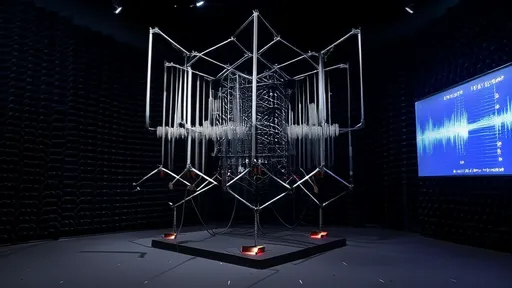
By /Jul 25, 2025

By /Jul 25, 2025

By /Jul 25, 2025

By /Jul 25, 2025
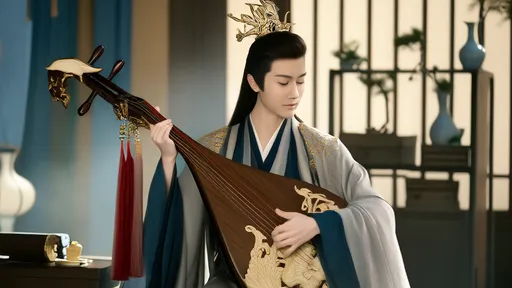
By /Jul 25, 2025

By /Jul 25, 2025
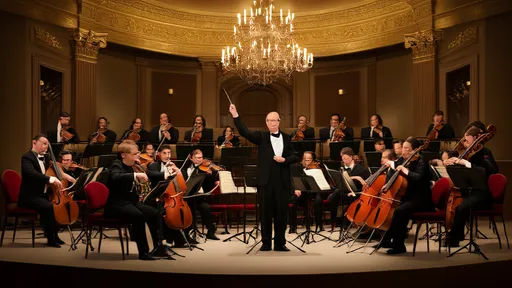
By /Jul 25, 2025

By /Jul 25, 2025

By /Jul 25, 2025
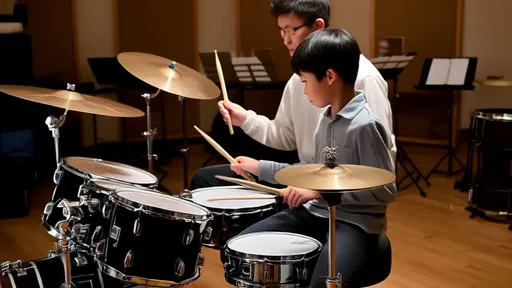
By /Jul 25, 2025

By /Jul 25, 2025

By /Jul 25, 2025
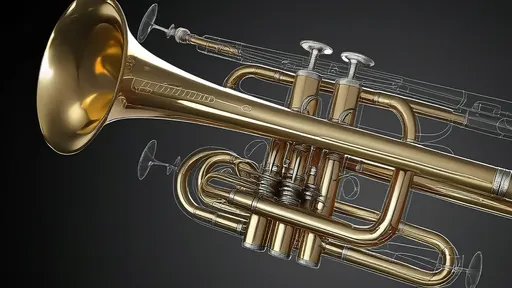
By /Jul 25, 2025
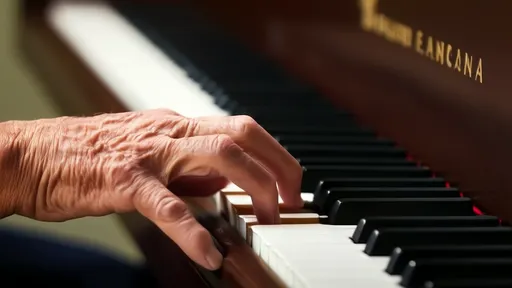
By /Jul 25, 2025

By /Jul 25, 2025

By /Jul 25, 2025